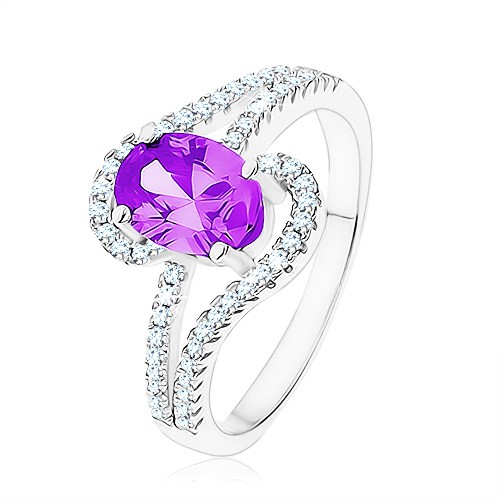Your cart
No products
-
local_shipping Spend £41,65 to get free shipping
No products
-
Shipping £0,00
-
Total £0,00
Categories
- Great bargains GOLD
- Diamond jewellery
- Gold
- Sterling Silver Jewelry
- Steel jewelry
- Piercing
- Tungsten jewelry
- Titanium jewelry
- Couple pendants
- String necklaces
- Zodiac signs
- Luxurious jewelry
- Ceramic jewelry
- Shamballa
- Magnetic bracelets
- Rubber bracelets
- Leather bracelets
- Bracelets braided
- Key chains
- FIMO jewelry
- Fashion Jewelry
- Wedding rings
- Engagement rings
- Huge Rings
- Gift wrappings
- Watches
- PLAYBOY jewelry
- Jewelry boxes
- Gift ideas
- Stock sale
- Cleaning jewellery
- Our discounts
SILVER
Silver is an affordable and the most often used metal in jewellery. However, it is not only the jewellery where silver is so popular. Its industrial use is just as important, if not more. It is used in electrical engineering, astronautics, medicine, construction industry and many other fields. Pure unalloyed silver cannot be used in jewellery because it is too soft and therefore it is mixed with other metals, especially copper.

Silver hallmarking
Hallmark expresses metal purity which is also expressed by a purity number. It is a three-digit number that denotes a minimum content of precious metal in jewellery. It is measured according to the number of weight units of precious metal to a thousand of weight units of an alloy. It is a content of precious metal in a jewel, expressed in thousandths (1/1000). No piece of jewellery consists of pure unalloyed metal.
Hallmarking act does not apply to products made of silver with purity lower than 800/1000.
Some SR hallmarks:

Pure silver is harder than gold. However it is still a soft metal.
The most often used alloy in jewellery is 925 silver. It is an alloy of 92.5% pure silver and 7.5% copper. The copper adds hardness to silver. To enhance the shine and durability of silver jewellery is often plated with a rhodium layer.
Silver, as a soft metal, has a tendency to scratches and therefore it is necessary to wear it carefully. It is not durable enough for everyday wear and so it is not recommended as a metal suitable for engagement or wedding rings.
Very frequent phenomenon is silver blackening or tarnishing. It is the natural reaction of silver with the air. Silver reacts by its oxidation. You can eliminate this reaction by proper care. The tarnish can be easily removed using products for silver cleaning (you can get them at drugstore).
Long lasting beauty and shine of silver surfaces is often guaranteed by rhodium finish that delays the process of oxidation.


















